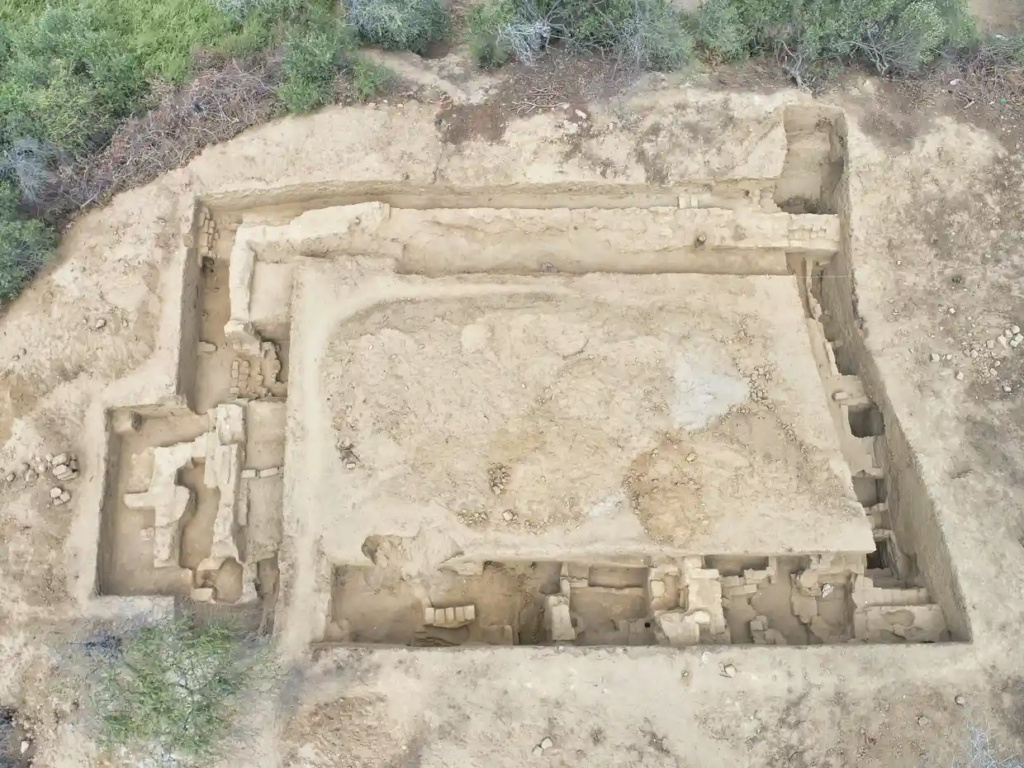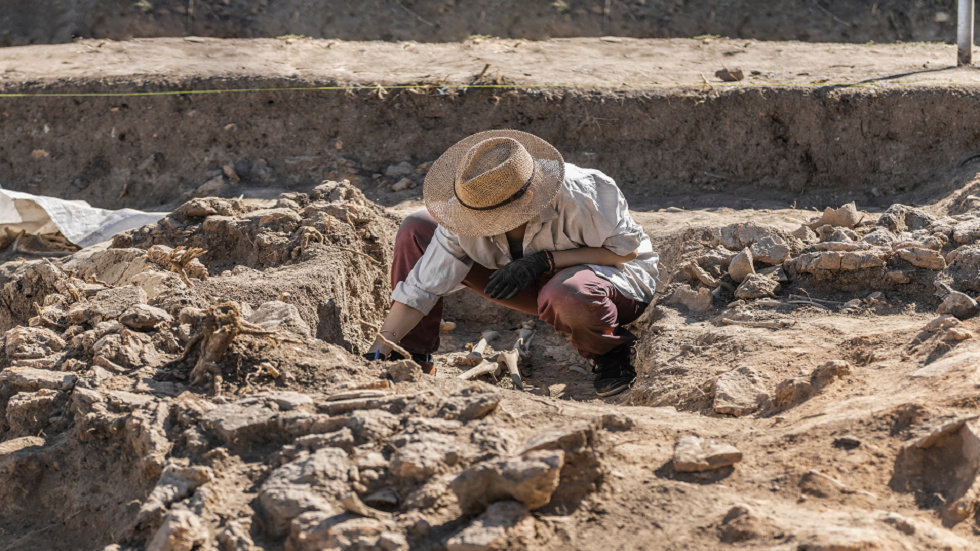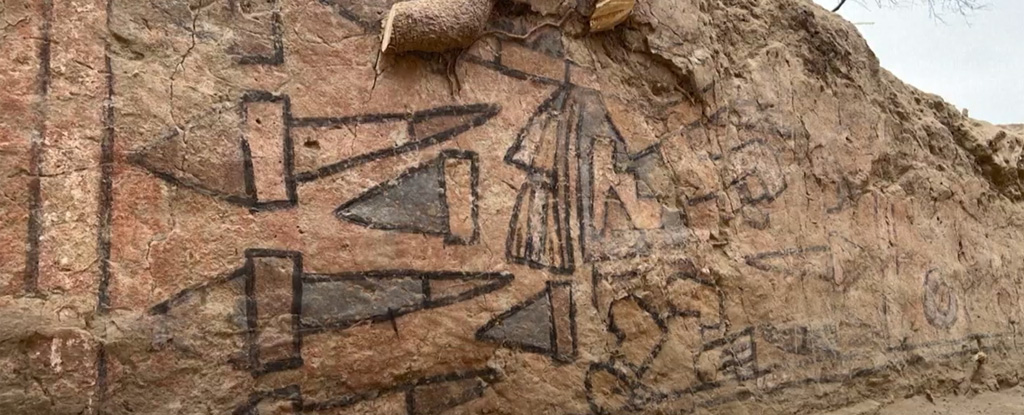Archaeologists Have Rediscovered An Ancient Mural That Has Not Been Seen For 106 Years

Archaeologists have rediscovered a pre-Hispanic mural depicting mythical scenes in northern Peru seen only in black-and-white photographs more than a century ago.
"It is an exceptional find, first and foremost, because it is rare to find frescoes of this quality in pre-Columbian archeology," said Sam Ghavami, the Swiss archaeologist who led the excavations that uncovered the mural in October.
Ghavami spent four years researching the rock painting, which he believes may be around 1,000 years old, with a team of Peruvian students.
"The composition of this painting is unique in the history of mural art in pre-Hispanic Peru," added the archaeologist, who trained at the University of Fribourg in Switzerland.

The mural forms part of the Huaca Pintada Temple, which belongs to the Moche civilization that flourished between the first and eighth centuries and was dedicated to the moon, rain, iguanas and spiders.
The exposed mural is about 30 meters (98 feet) long, and its blue, brown, red, white and yellow images are still exceptionally well preserved.
In one section, a parade of warriors can be seen.
Ghavami said that the painted images "seem to be inspired by the idea of a sacred hierarchy built around the worship of ancestors and their close relations with the forces of nature."

He said deciphering the mural message would form part of his research, but he believes it "could be interpreted as a metaphor for the political and religious system of the ancient inhabitants of the region."
This find is also unusual because it shows a mixture of styles and elements of two pre-Inca cultures: the Moche and the Lambayeque, who lived on the northern coast of Peru between 900 and 1350 CE.
The existence of the mural is known only from black and white photographs taken in 1916 by German ethnologist Hans Heinrich Brüning, who lived in Peru for many years.
However, treasure hunters destroyed a wall while trying to loot the site, and it was "forgotten by the scientific community," Ghavami said.
Moreover, no one knew about the photographs taken by Bruning until they were found in 1978.

The mural intrigued Ghavami when he was working on his doctoral dissertation on cultural shifts such as those between the Moche and Lambaek civilizations.
However, at first, he fought a long battle to obtain permission from the family that owned the land where the mural was found.
Source: websites

